This was first posted on the Dis by Adi12982Click on the picture to see the whole thing
What you need:
- Two different fabrics each 1 1/3 yards each (or a total of 2 and 2/3 yards if you want to use the same fabric on both sides)
- 1 1/3 yards of batting (the thicker the fluffier, not necessary, but nice)
- 1" wide elastic, 1 3/4 yards of it
- 1 package of matching double folded bias tape
OPTIONAL - if you want to have your own straps, instead of using the ones on the shopping cart - then:
- 1 yard of seat belt strapping
- 1 plastic locking seat belt connector
Instructions:
- lay your two pieces of fabric, right sides together and the batting and pin.
- stitch around the entire outer edge of the fabric (not the leg/belt holes - just the 4 outside edges of the cover).
I try to use only about a 1/4 - 1/2" seam around the outer edge so that you aren't taking up too much of the fabric. Stitch a solid
seam all the way around the outer edge of the cover and stop stitching about 6" before the starting point so that you end up
with a hole that you will use to turn the cover right side out.
- Turn the cover right side out.Top stitch around the VERY outer edge of the cover leaving the same 6" "hole" the way around to give the cover some added strength and a neat appearance.
- Now, you will stitch another seam around the outer edge, but not on the very edge, this seam will be 2" in from the outer edge of the cover. This seam will be a casing for the elastic around the outer edge. Make this seam 2" in from the outer edge all the way around the cover. You do not need to account for the "hole". (Now, when you look at your fabric, you will see one seam going all the way around the very outer edge, with an 8” section where you left an opening. Then, you will see another seam 2” further in from the first seam. This seam goes all the way around, without an opening. It starts and stops at the same place, without any gap.
7. At this point, you will want to finish your leg and seat belt holes. You can use the seam tape, which makes a nice, clean
appearance or you can use a serger or even a tight zig zag stitch close to the edge of the fabric. Whatever you chose to use is
up to you and depends on the look you want. What I do is mark with a fabric marker where the leg and seat belt holes should go, and then do an initial stitching around where I will be cutting, then I cut just inside - this helps keep it all together a little easier than just pinning (which I used to do).
- after cutting out the holes I then attach the bias tape around the leg hole cuts I made and the ones for the seat belt.
8. Now is time for the elastic. It is the hardest to do using a safety pin (your hands will get tired and it will take a while, but it can be done). What I have been using is one of those cheap curtain rods - I take the plastic cap of the end and push the elastic in a bit and then recap, and push through. If you have real tools for it, have at it. .. just get it through

Whichever way you use, once you have the elastic through
the casing and have both ends of the elastic back at the 8“opening, you will need to stitch the two ends of the elastic together
tightly so that it doesn't come apart. Once that’s done, stitch the 8" hole closed at the top/finish the edge top stitching.
9. Lastly, you need to make the seat belt, if you are making one. Split the seat belt material in half and attach at either side. I've never done this, but have seen that some do.
Double Cart Cover Alternate Instructions: To make the double cart cover, you will do everything exactly as stated in the original pattern, except you will need to make 4 leg holes instead of two and you'll need to make 4 seat belt holes instead of 2. You will need to purchase 2 yards of seat belt strapping, 2 locking clips for the seat belts and extra binding, since one package, most likely, will not cover all 4 leg holes and all 4 seat belt holes. To add the leg holes, you will need to cut one additional leg hole on either side of the original 2 leg holes. Space them 2" apart from the original holes, just as the two original holes are spaced 2" apart. So, you will end up with 9.5" of fabric left from the edge of the outer holes to the edge of the fabric, instead of the 16.5" which is shown in the original pattern. To add the seat belt holes, you will just look at the leg holes as two sets and put one hole above the outer edge of the leg holes of each set. (see the original iagram for placement above the set of leg holes and do this with each of the two sets).
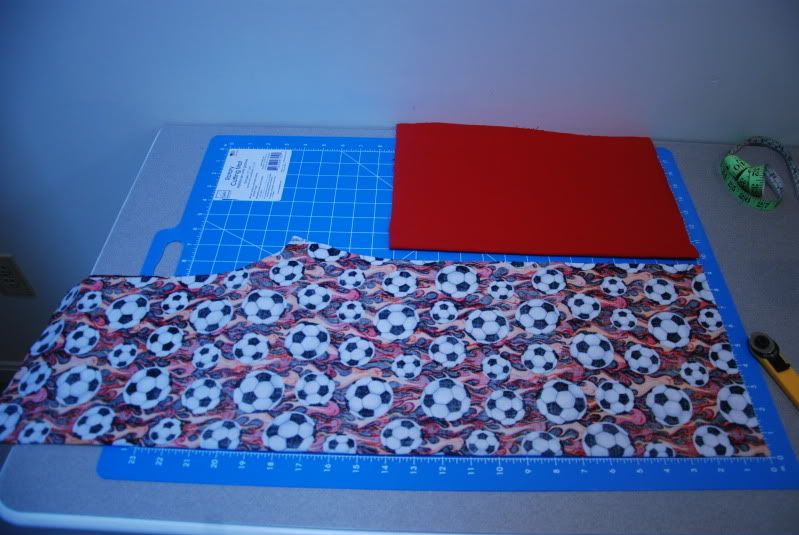



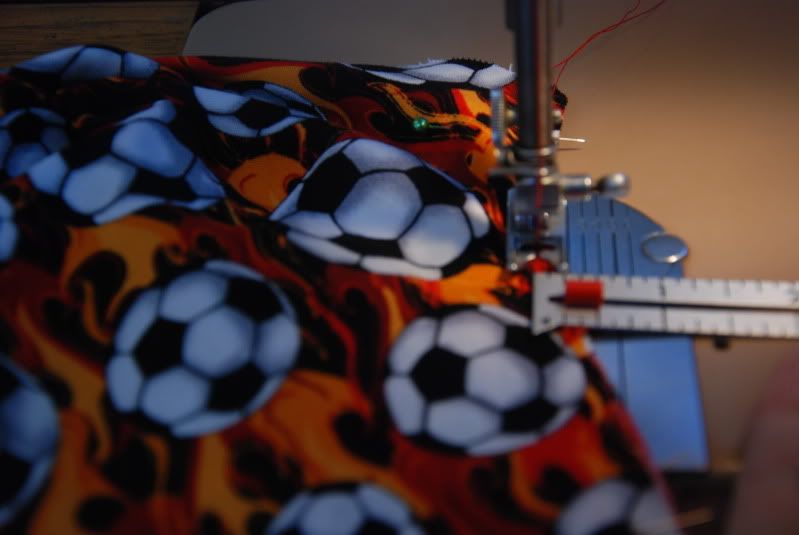
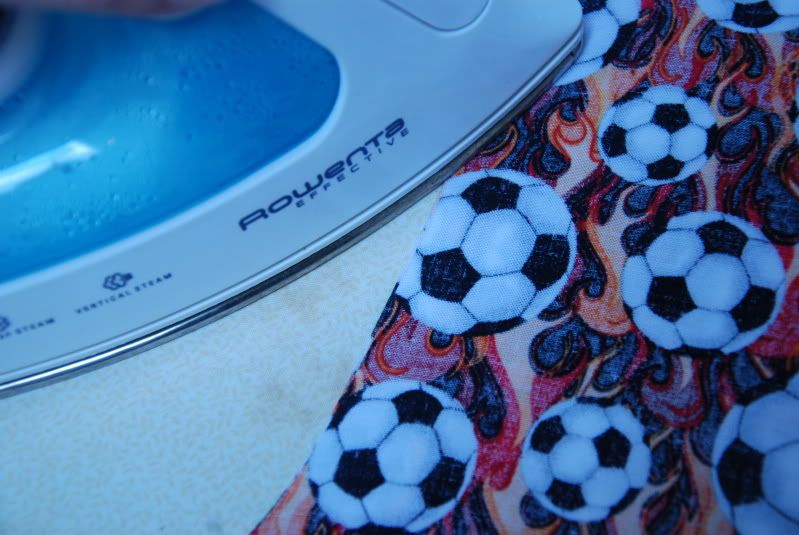
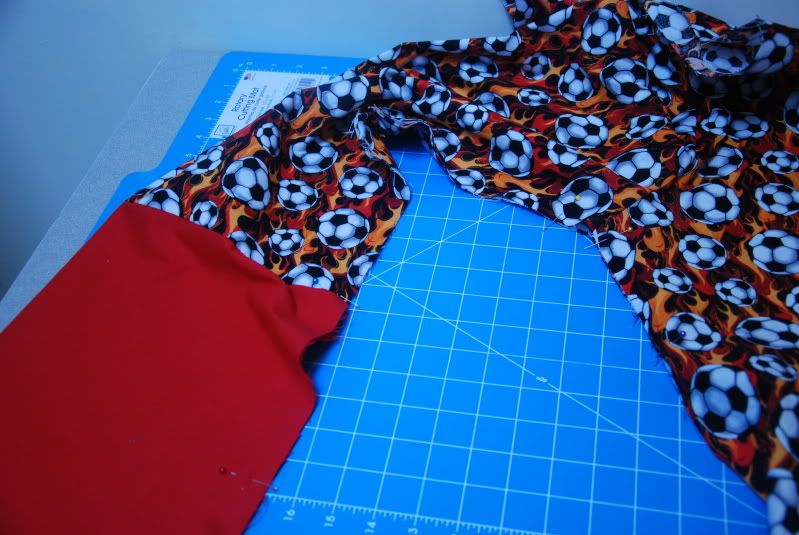
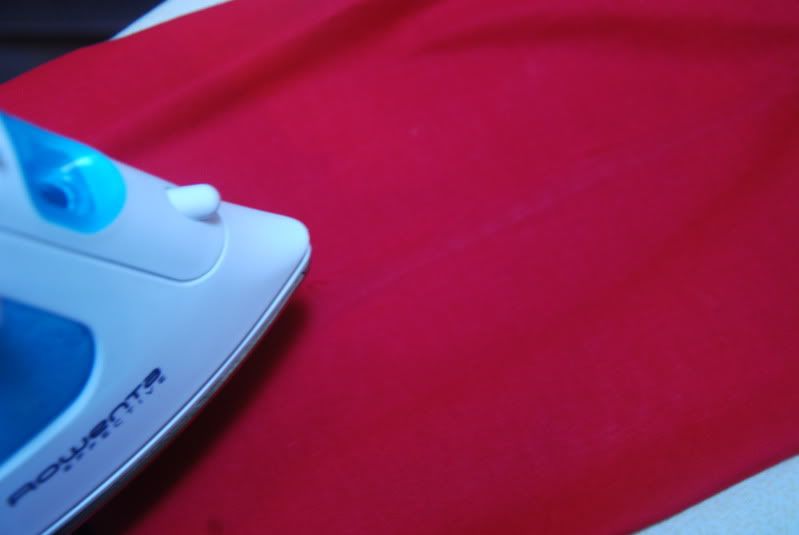
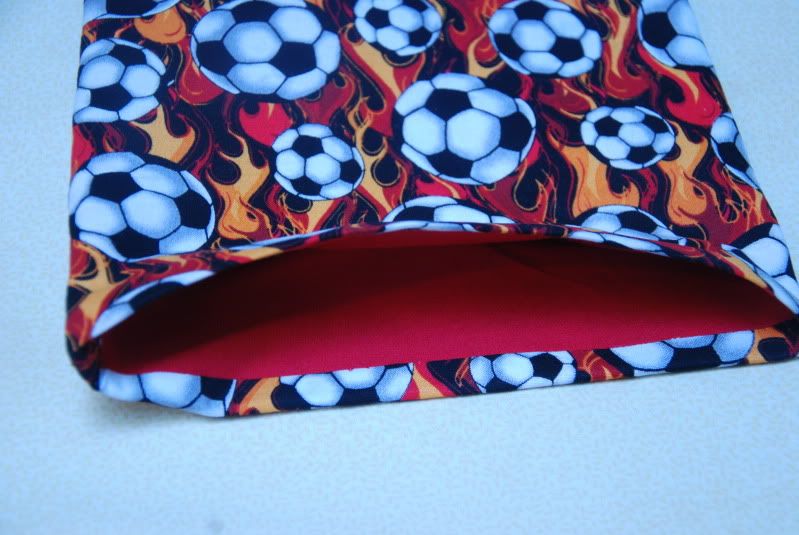
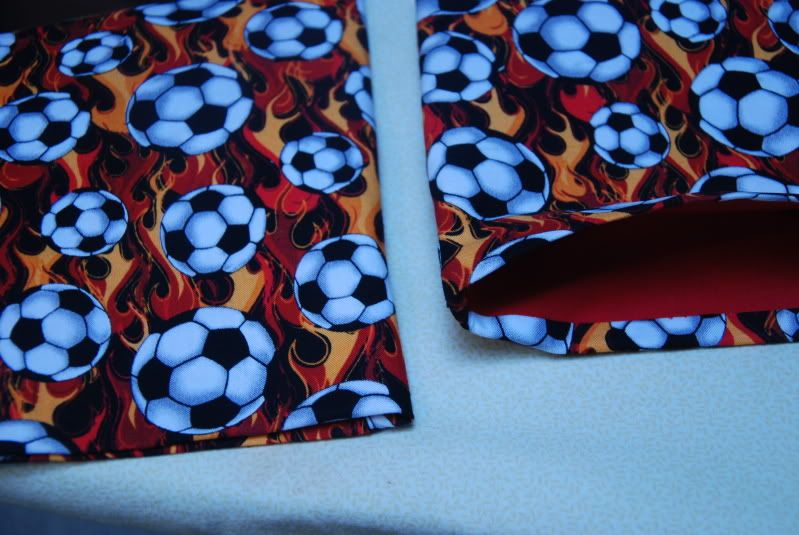
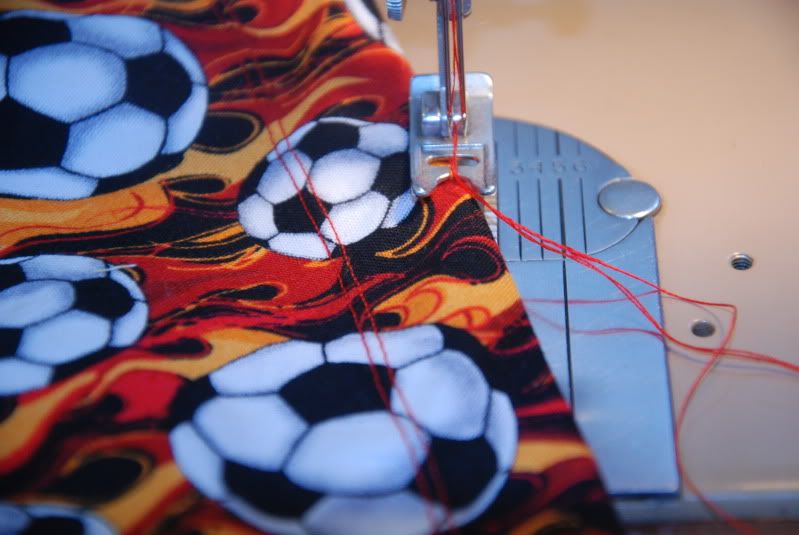
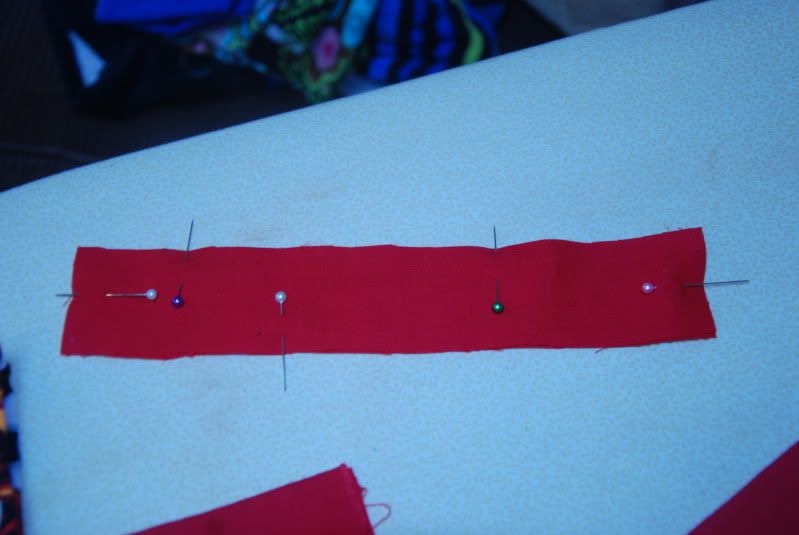
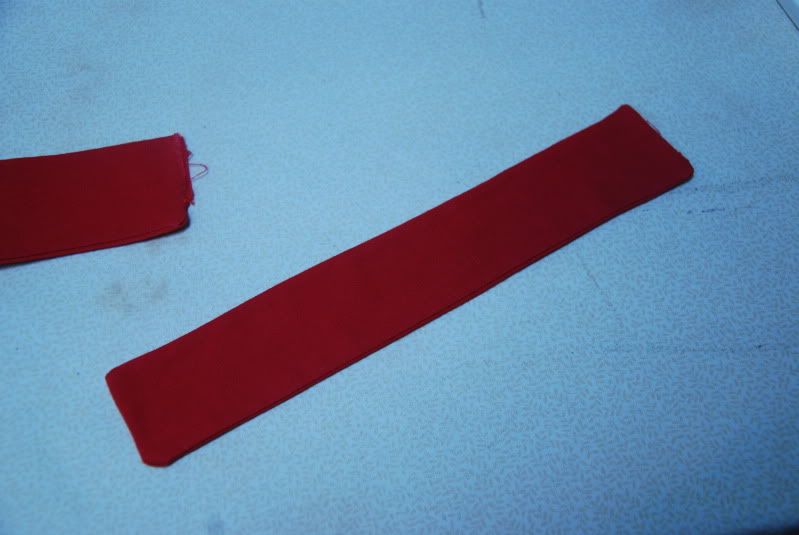
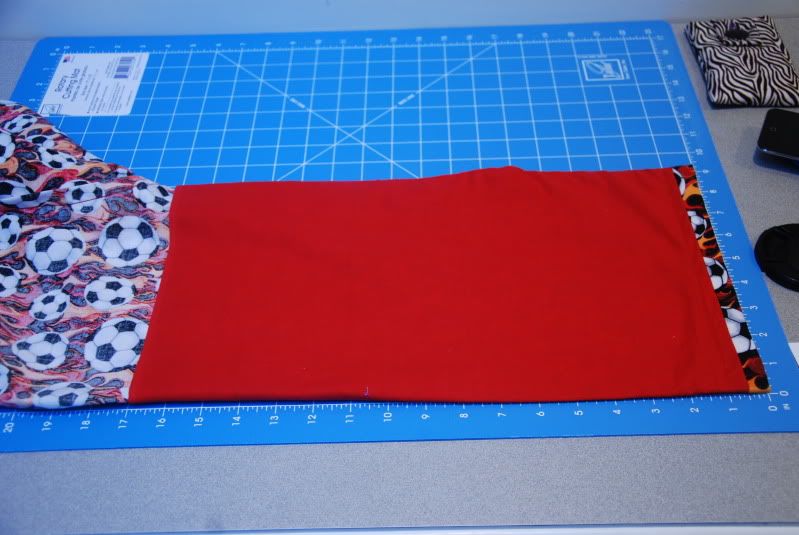

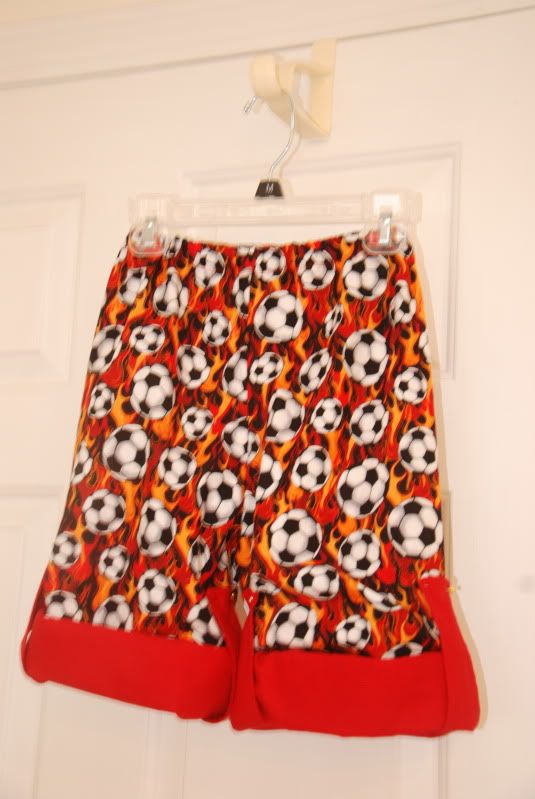
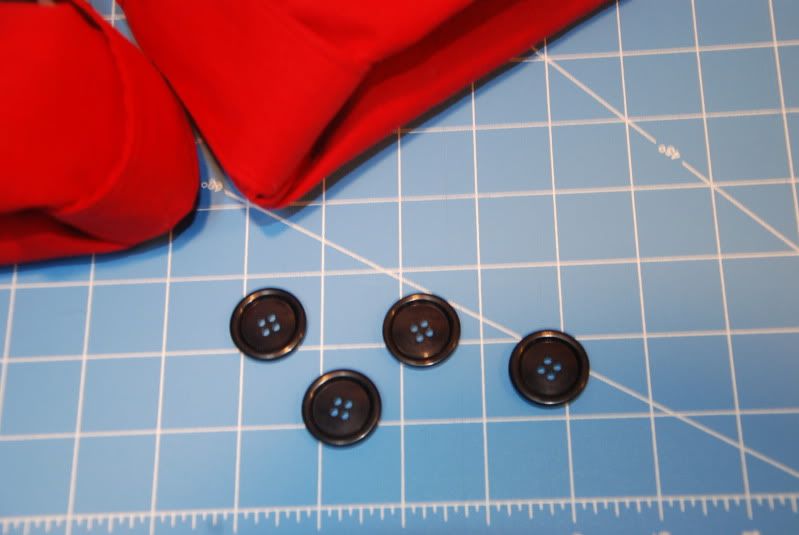
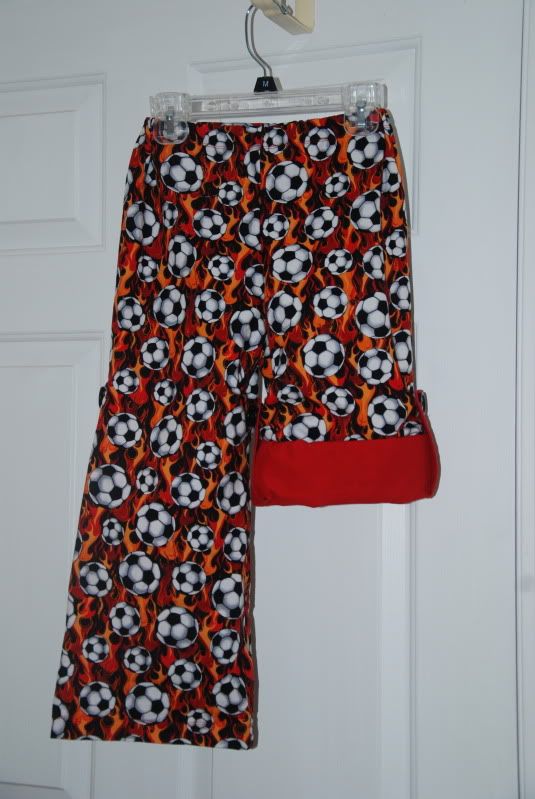
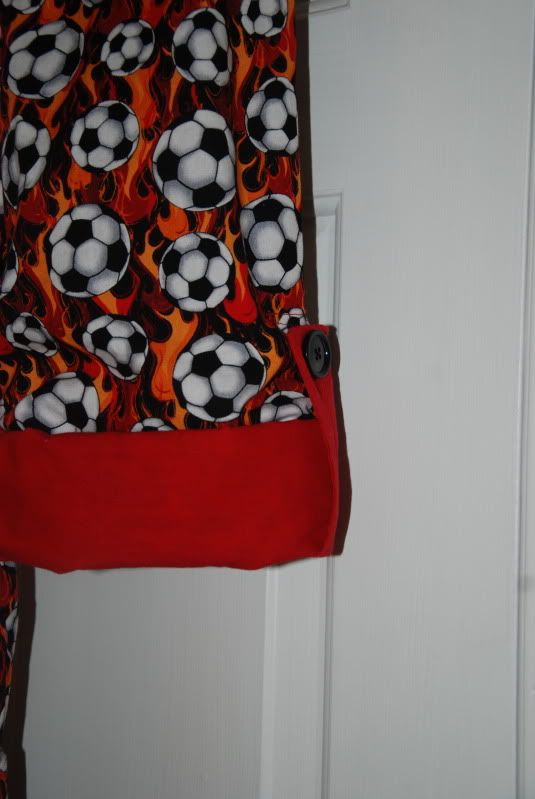
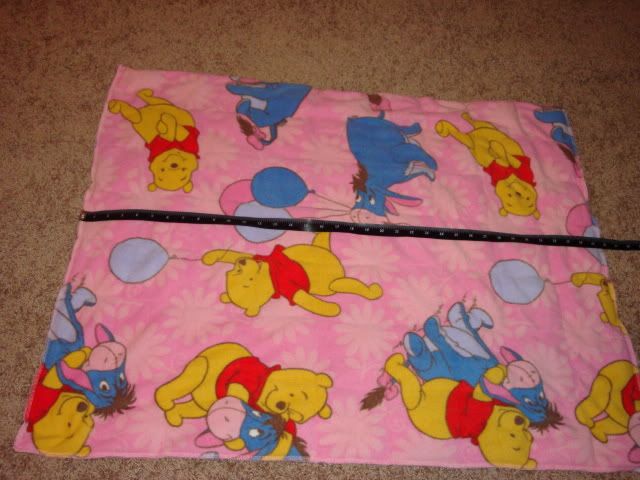
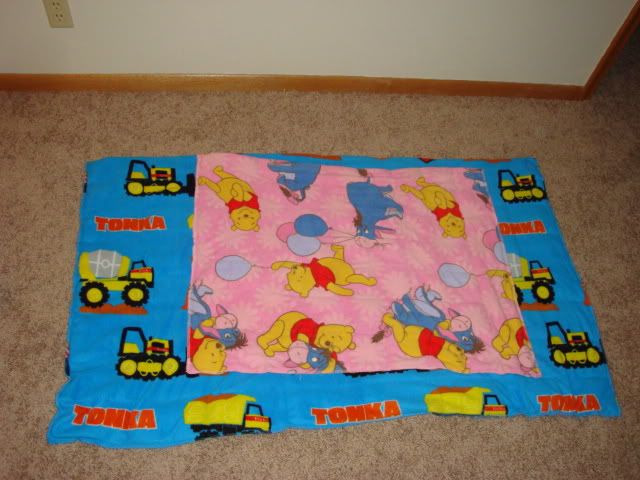
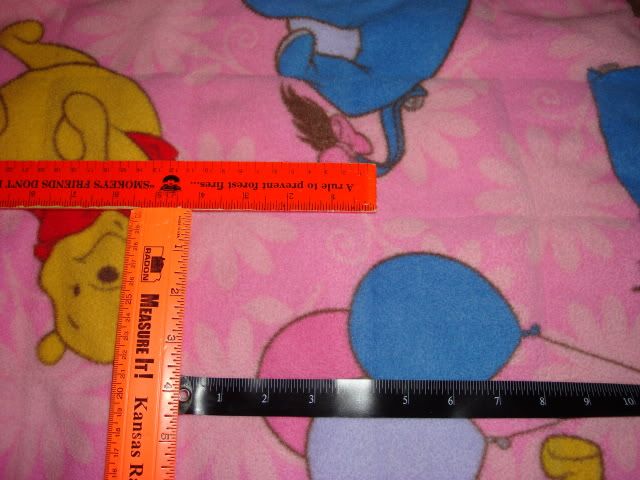
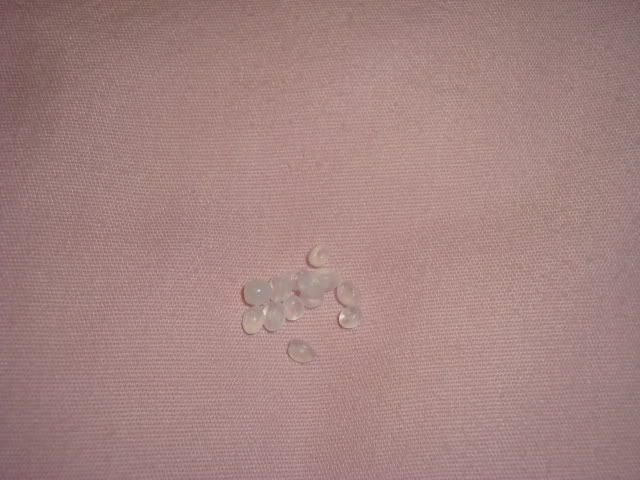
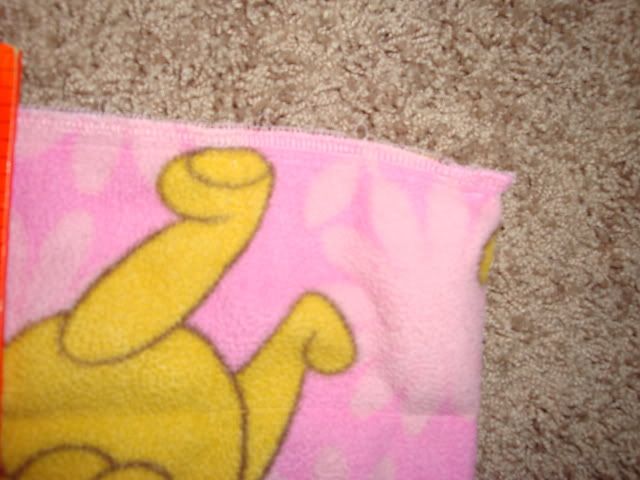
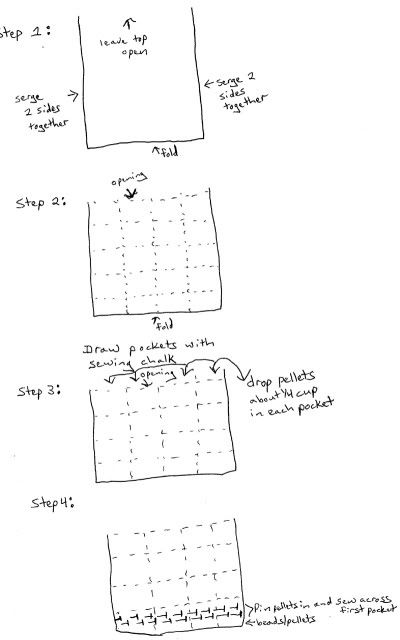
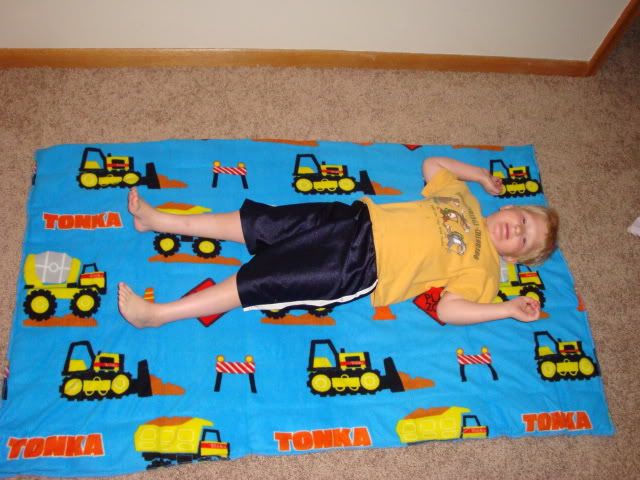


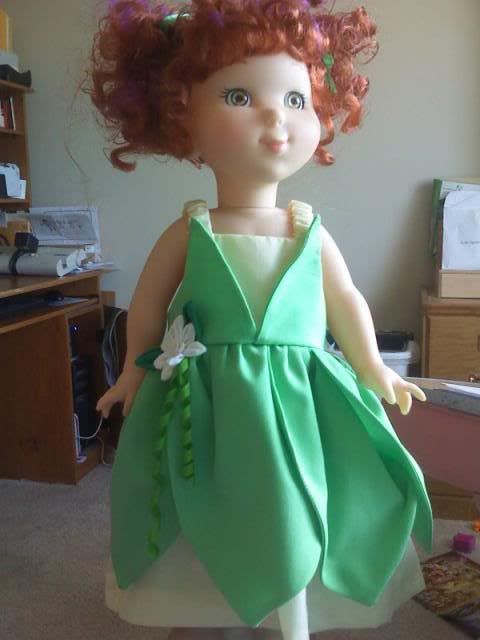

 http://www.disboards.com/showthread.php?p=3536
http://www.disboards.com/showthread.php?p=3536